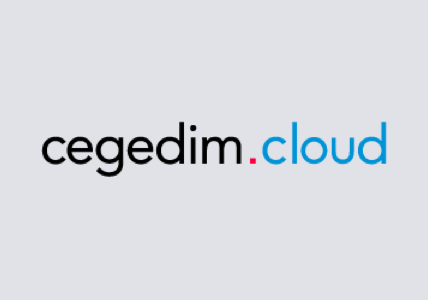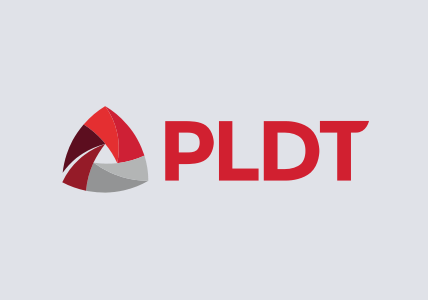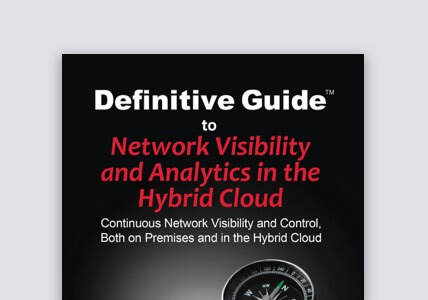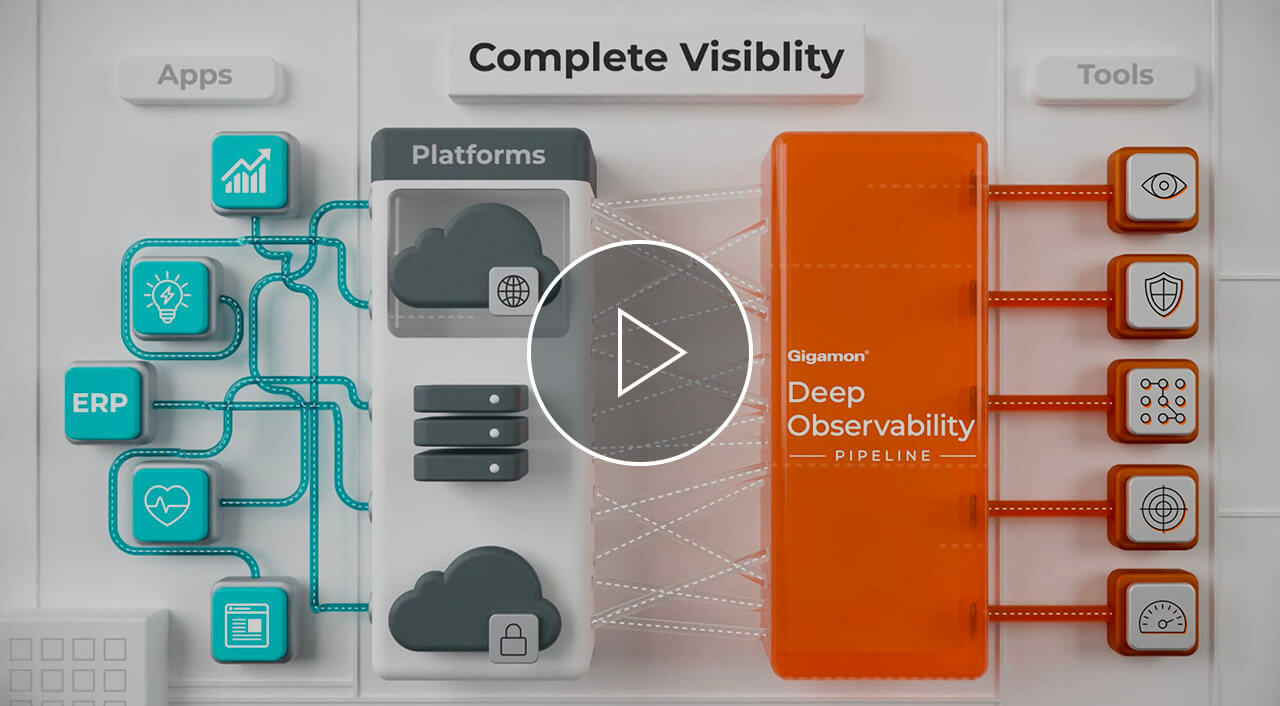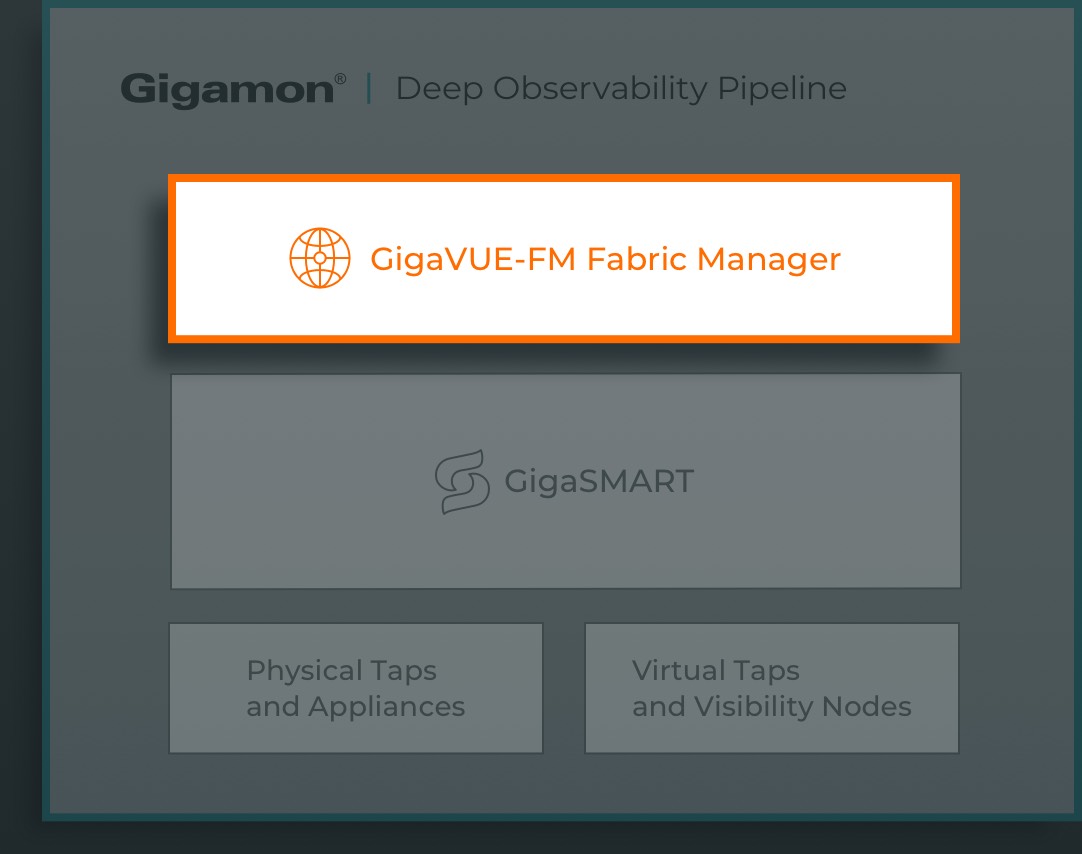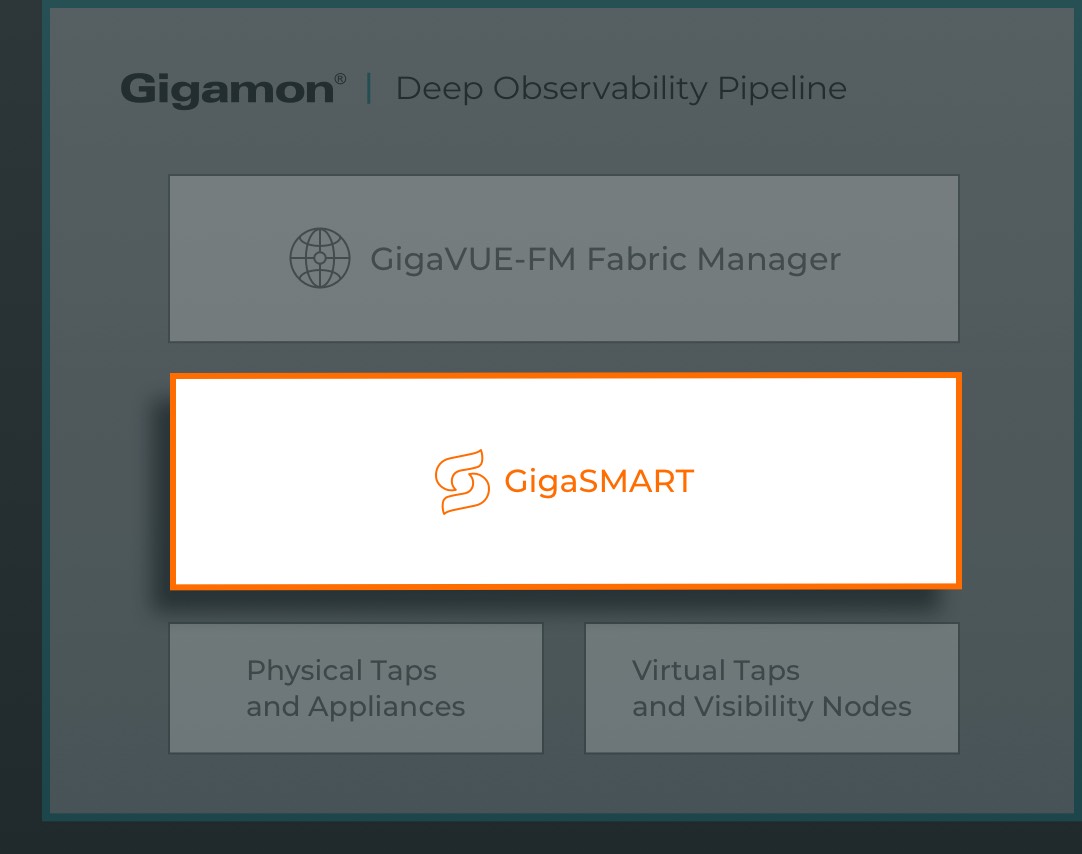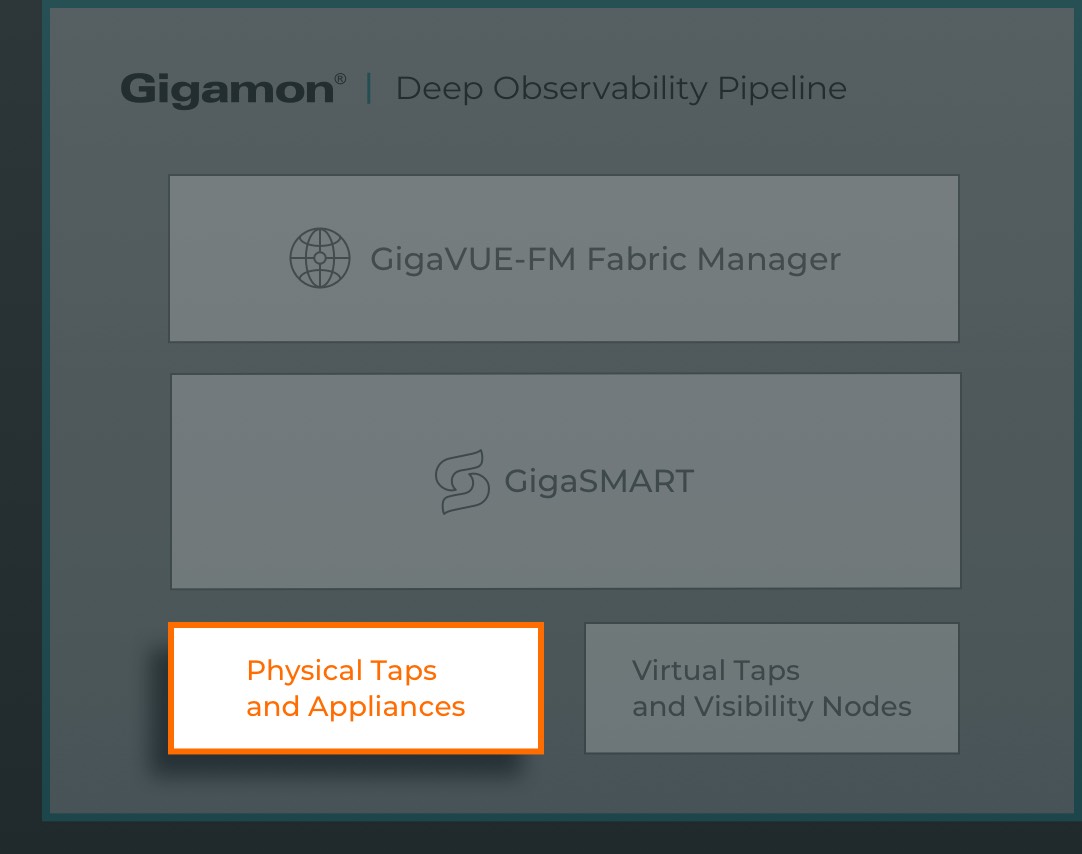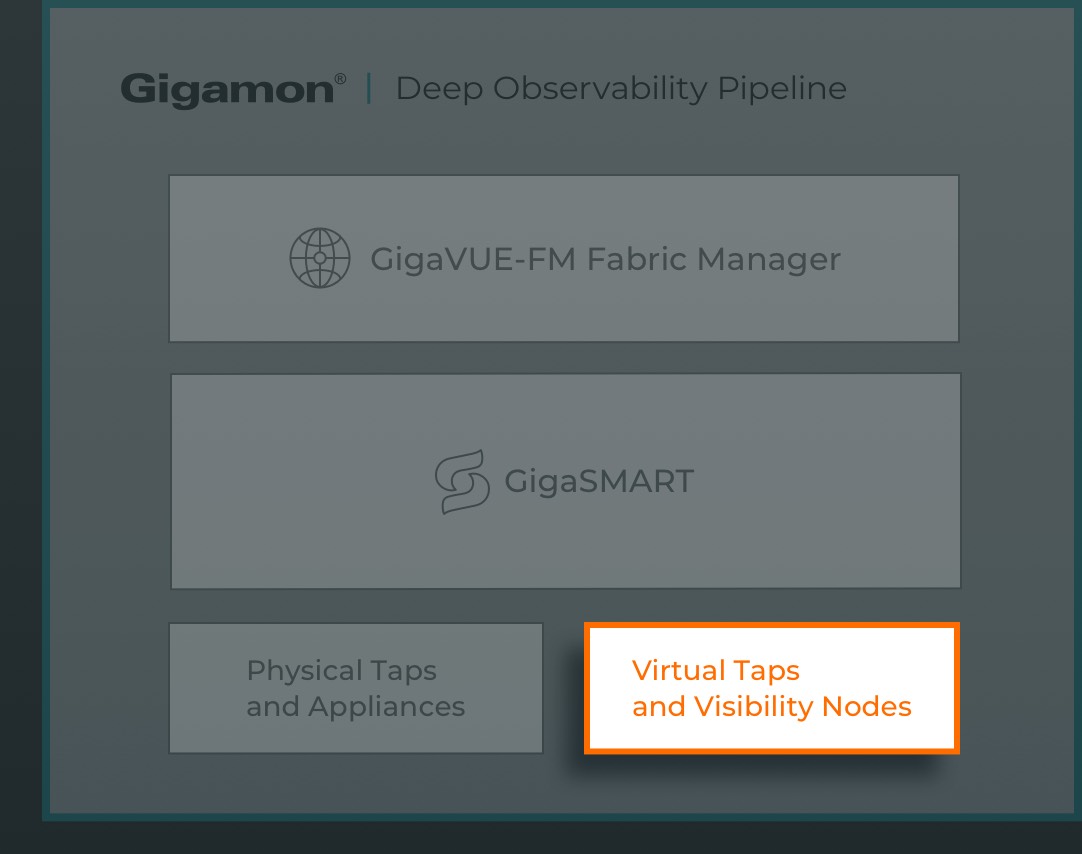管理风险并增强混合云的网络安全性和合规性
据《福布斯》杂志报道,到 2024 年,采用多云战略的组织数量将增至 85%。
随着云采用率的提高,保护和管理混合云基础设施的成本和复杂性也随之增加。Gigamon Deep Observability Pipeline(包括 GigaVUE Cloud Suite™)可高效提供您所需的网络衍生情报和见解:
- 消除安全盲点
- 优化网络流量
降低 50-60% 的工具成本
Gigamon 可深入观测所有网络流量,检测隐藏的威胁,加强整体安全态势。通过消除重复和无关流量,可将工具的效率提高多达 90%。
更高级别的可观测性
深度可观测性定义了一个新的前沿 - 高效地向您的云端、安全和可观测性工具提供网络衍生的遥测数据,使您能够更好地保护和管理混合云基础设施。
访问
深入观测混合云基础设施中横向、纵向和容器流量,检测隐藏的威胁
代理
实现本地级别的安全和合规管理。重复使用现有基础设施,加快云迁移速度
转换
优化和提高网络流量摄取的信噪比,使工具成本降低 50-60%
增强
拥有丰富上下文信息的网络遥测数据可加快故障排除速度,为可观测性和 SIEM 工具提供信息更详尽的安全用例
加快云应用
传统和原生云端、安全和可观测性工具仅通过指标、事件、日志和跟踪 (MELT) 数据获得可见性,在识别范围以及监控的深度或广度方面都会受到限制。
Gigamon Deep Observability Pipeline 超越了传统的可观测性方法,直接从网络流量中提取情报,并将遥测数据高效、实时地传递给您的工具。 这种额外的上下文使您的工具能够检测过往隐藏的威胁,并有助于降低攻击的成本和严重性,从而使您能够更好地保护和管理混合云基础设施。
深度解析 Deep Observability Pipeline
浏览以下选项卡,了解更多信息。
Gigamon Deep Observability Pipeline
高效地向现有工具提供网络衍生的情报,以实时了解所有网络流量。我们的深度可观测性管道可灵活适应任何环境,并由一系列硬件设备和云原生虚拟节点提供全面支持。
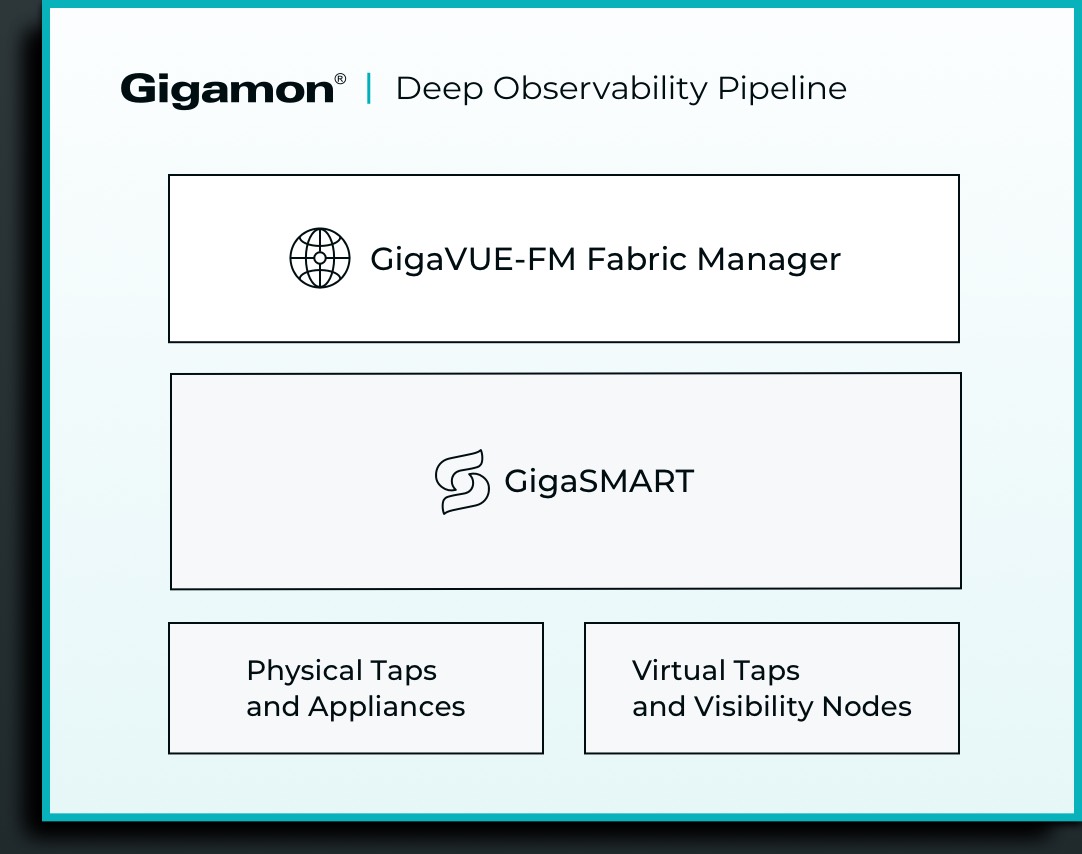
资源
Gigamon Deep Observability Pipeline
利用 Gigamon 增强云安全性和业务敏捷性
Gigamon Deep Observability Pipeline
我们的合作伙伴
我们与您的
合作伙伴合作。
Gigamon 不仅能够帮助组织消除盲点、优化流量并降低工具成本,我们还拥有无与伦比的合作伙伴生态系统。
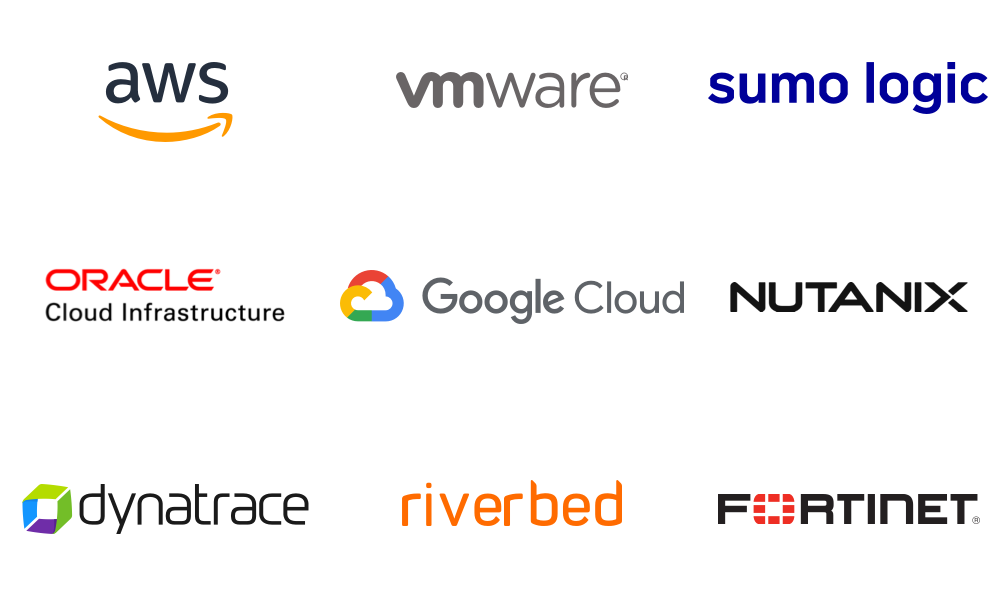

"Deep observability drove significant business benefits in 2024 as enterprises broke down traditional silos between NetOps, SecOps, and CloudOps, ensuring they're fully equipped for the demands of AI adoption. With deep observability, enterprises gain complete visibility across their AI-driven data paths, delivering enhanced security, optimized performance, and greater automation, all of which are key to maximizing and safeguarding investments in the evolving AI landscape."
“Deep Observability is important for us because we have a large segmented network. Gigamon allows us the ability to monitor our all traffic, including East-West, not just traffic coming in and out.”
"I’m impressed with the Gigamon Deep Observability Pipeline. It’s easy to consume and self-explanatory. The documentation is also very good. It’s easy to understand for those that didn’t install it. The fact that it’s taking something fairly complicated and simplifying it is pretty impressive."
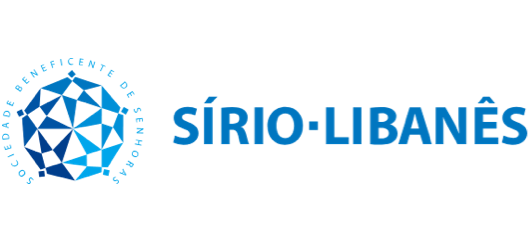
“Gigamon Deep Observability Pipeline shows us everything we have in all layers of our infrastructure. We see the access network traffic, the packet, the flow, and so on—all the information that comes from our application metadata.”
